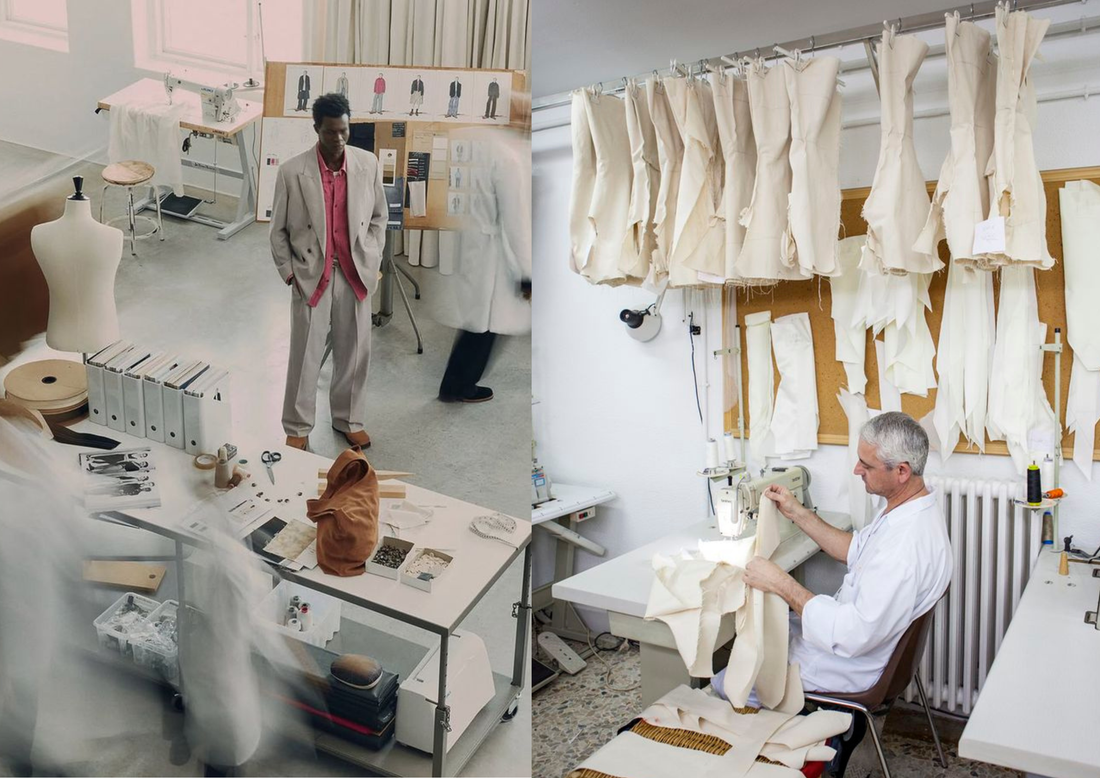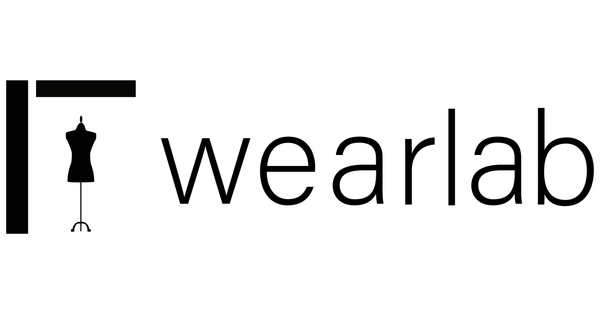
How to Choose the Right Clothing Manufacturer for Your Brand
Share
If you’re starting a clothing brand, one of your biggest early decisions is whether to produce locally or offshore. Both options can work but each comes with very different trade-offs.
At WearLab, we work with both Canadian clothing manufacturers and offshore factories, so we see this decision play out every day.
Let’s break it down.
1. Local Clothing Manufacturers (Canada / North America)
Yes, it’s more expensive to make clothing locally no surprise there.
In Canada, labor costs are higher, with minimum labor rates starting around $18/hour, compared to a fraction of that overseas.
But local production has its advantages:
• Flexible MOQs (minimum order quantities) great for startups and small batch production.
• Easier communication no time zone issues, no language barriers.
• Faster turnaround for fittings, samples, and approvals.
• Ideal for testing new markets or styles before scaling.
However, local manufacturing comes with some limitations:
• Limited sourcing options — most fabrics still come from overseas.
• Machinery limitations for technical or complex garments.
That said, local production gives you better visibility, control, and flexibility especially for small batch clothing manufacturers in Canada or brands testing the market.
2. Offshore Clothing Manufacturers (Asia, Middle East, etc.)
Yes, offshore manufacturing can be cheaper but it’s not always the perfect solution.
It’s important to understand the full picture:
• Lower costs can come with higher minimums and longer lead times.
• Tariffs and duties can vary based on where you’re located, sometimes eating into your cost savings.
• Time zones, distance, and language barriers make communication harder.
• More advanced machinery and technical skills are often available overseas, especially for technical apparel manufacturing.
If you choose to go offshore, plan to have strong product development done locally first your tech packs, patterns, and sample prototypes should be finalized before you move production abroad.
That way, your offshore team can focus on replicating rather than interpreting your vision.
3. How to Decide What’s Best for You
If you’re just starting out, it’s usually best to begin with local sampling and development.
You’ll learn faster, build stronger communication, and ensure your products are production-ready before scaling offshore.
Once your brand grows and you have tested demand, moving part (or all) of your production offshore can make sense for better pricing and larger volume runs.
At WearLab, we help clients navigate both supporting local development in Vancouver and managing offshore production through vetted suppliers.
